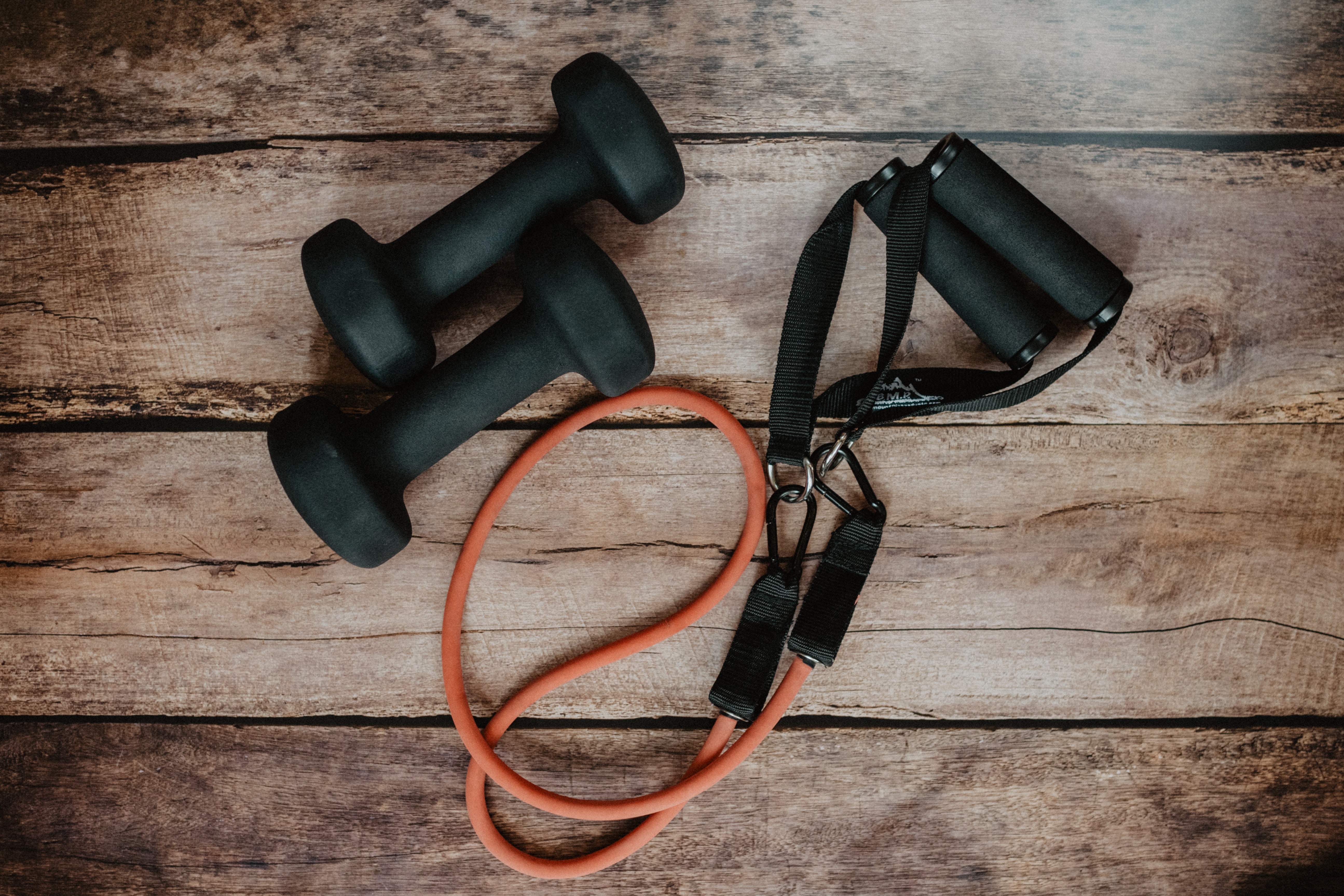By now you know that regular exercise is critical to good health. And you’ve probably heard about why it’s important to strength train especially as you age
To live a long and healthy life, it is recommended adults do 150 minutes of moderate-intensity cardio per week. And strength train at least 50–60 minutes per week.
Strength training (aka resistance training) is critical for staying healthy into midlife and beyond!
The typical adult begins to lose muscle mass at a rate of about a pound a year, beginning at around age 30. By the age of 40, this loss increases to an average of 8 percent of muscle mass every decade! This phenomenon continues to accelerate at an even faster rate after age 60.
Sounds like a pretty grim picture, right?

The good news is there is still hope! You can still build muscle in any stage of life and stay ahead of the game. Discover your “fountain of youth” once you start strength training!
Seven Reasons to Start Strength Training
Increase Muscle Mass
Let’s start with the most obvious benefit! Your muscles begin the process of sarcopenia (muscle loss) at around the age of 30. This is partially due to aging, but also due to less activity in this stage of life. If you work at a desk, or a more sedentary job this can happen quite easily without noticing. Strength training can help you maintain your current muscle mass, it can also help you create new muscle! When you lift weights, you damage the muscle fibers. As the fibers repair themselves, they add more protein to each fiber, ultimately making them denser and stronger!
Strengthen Bones
Around the age of 30 or so, you’ve already reached your adult peak bone mass. Without consistent resistance training, your bones will gradually weaken, making them more susceptible to breaks and fractures. This is particularly true for women in menopause who make up about 80% of the cases of osteoporosis. In order to keep bones strong and sturdy, they need to be challenged! Strength training is one of the most potent bone-building strategies out there. New bone is made when the muscles contract and pull on the bones and make them stronger and more dense. In other words, when you “stress’ the muscle…you build the bones!
Prevent Injury
Regular strength-training sessions can keep you healthy and injury-free for the long term. This is especially important especially if you participate in other activities like tennis, cycling, running, and hiking. Many sports-related injuries are caused by muscle weaknesses or imbalances that go unaddressed. Strength training will lessen the impact on your joints, tendons, and ligaments, keeping you running, jumping, and lunging without pain. This also goes for activities of daily life like yard work and walking up and down your stairs at home!
Improve Performance in Sports
Strength training can also elevate your performance in your sport or leisure activity. This is because stronger muscles produce greater force, generate more power, and endure longer durations before they fatigue. If you play golf or tennis you’ll want to build core and hip strength for your backhand or your drive!
Live Longer
A study conducted by researchers from the University of Sydney found that strength training reduced the risk of death by 23%. This was regardless of whether that training involved bodyweight-only or weighted exercises. Add some good old-fashioned cardio, your risk of death from any cause is reduced by a total of 29%. (1)
Manage Anxiety
Researchers at The University of Limerick found that lifting weights can ease anxiety. When performed 2–3 times per week, symptoms of anxiety improved significantly, in particular when performed in a group.
Boost Metabolism
When it comes to burning calories, cardio typically gets all the credit. While cardiovascular training can burn more calories during exercise, lifting weights can help you burn more calories throughout the day. Muscle is a metabolically active tissue, and fat is not! The more muscle you have the greater your Basal Metabolic Rate (BMR) will be. Your BMR is the number of calories your body burns at rest. For comparison sake, every one pound of muscle burns about 7 calories per day to maintain. For every pound of fat, burns about half that amount. Keep in mind, however: No matter how much muscle you add, you cant outlift excess calories from a poor diet. So be sure to prioritize vegetables, fruits, healthy fats, proteins, and whole grains. 10 Easy Ways to Sneak More Vegetables into Your Diet

Some estimates claim that inactive people lose between 3 % to 5 % (3) of muscle mass with each decade. This process begins around age 30. Even active people lose a little bit of muscle as they age. There is only one way to combat this, and that’s strength and resistance training
A stronger body will help you move better, experience fewer aches and pains, and feel more in control of your health.
If weight loss is your goal, the more muscle mass you have, the more likely it is that you’ll be able to lose weight and keep it off for good!
If you aren’t currently doing resistance training, I’d like to help you get started!
1. https://academic.oup.com/aje/article/187/5/1102/4582884
2.. https://www.webmd.com/healthy-aging/guide/sarcopenia-with-aging

Be the first to comment